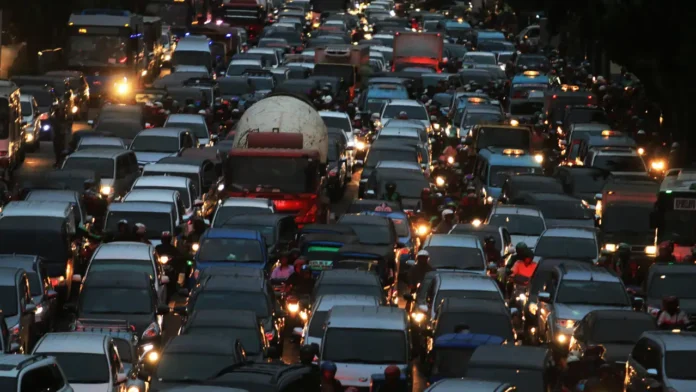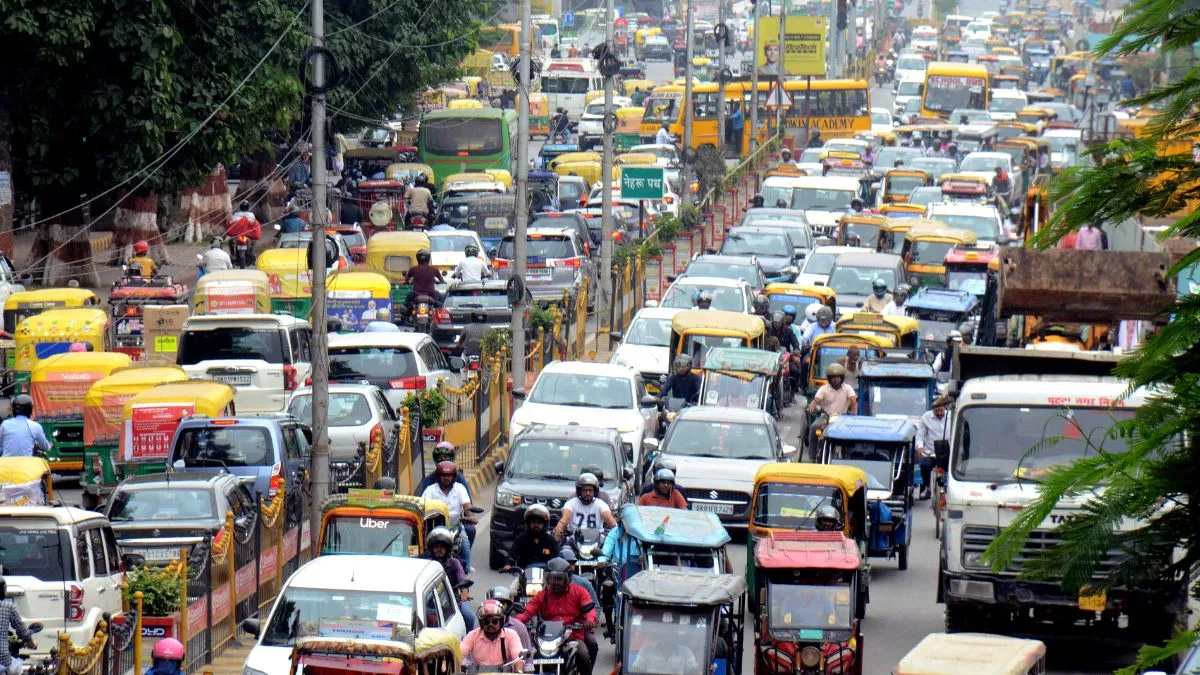Bengaluru Traffic Congestion has earned the city an unfortunate distinction as one of Asia’s worst cities for traffic, according to the TomTom Traffic Index 2023. Commuters in Bengaluru spend an average of 28 minutes and 10 seconds traveling just 10 kilometers, translating to 132 additional hours annually lost in rush-hour gridlocks. This ranking underscores the urgent need for comprehensive traffic management solutions and infrastructure upgrades to address the city’s growing mobility crisis.
Why Is Bengaluru Facing Severe Traffic Congestion?
Bengaluru’s traffic woes stem from a combination of factors that have worsened over the years:
- Rapid Urbanization:
As India’s tech capital, Bengaluru has witnessed explosive population growth, with people flocking to the city for job opportunities. This rapid urbanization has outpaced infrastructure development, leading to overcrowded roads and increased vehicular density. - Poor Road Infrastructure:
Many roads in Bengaluru are narrow, riddled with potholes, and lack proper maintenance. Despite ongoing road-widening projects, they remain insufficient to handle the city’s growing traffic volume. - Inefficient Public Transport:
The city’s reliance on private vehicles stems from the lack of an efficient and comprehensive public transport system. Although the Namma Metro has expanded, it covers only a fraction of the city, leaving most residents dependent on buses and private transport. - Unplanned Urban Growth:
Unregulated real estate development and the absence of proper zoning laws have led to commercial and residential areas sprouting up without adequate road connectivity. - Traffic Mismanagement:
Inconsistent traffic signals, lack of proper signage, and inadequate enforcement of traffic rules further contribute to the chaos on Bengaluru’s roads.
Historical Context Of Bengaluru Traffic
Bengaluru’s traffic challenges are not new. As early as the 1990s, the city began experiencing traffic congestion due to its emergence as India’s IT hub. The subsequent boom in private vehicle ownership worsened the situation.
In 2019, Bengaluru was ranked as the most congested city in the world by the TomTom Traffic Index, with commuters spending up to 71% extra travel time during peak hours. Although minor improvements have been made since then, the city continues to grapple with its traffic nightmare.
The Economic And Environmental Costs Of Traffic Congestion
The impact of traffic congestion extends beyond commuter frustration:
- Economic Loss:
Lost productivity due to hours spent in traffic results in significant economic losses. Businesses also incur higher logistics costs due to delays in transporting goods. - Environmental Damage:
The excessive idling of vehicles in traffic contributes to air pollution and higher carbon emissions. Bengaluru’s air quality has deteriorated, posing health risks to its residents. - Reduced Quality Of Life:
Long commutes take a toll on mental and physical health, leaving residents with less time for personal and social activities.
Proposed Solutions To Bengaluru’s Traffic Woes
Experts and policymakers have proposed several measures to tackle Bengaluru’s traffic crisis:
- Expand Public Transport:
The metro network should be extended to cover more areas, and bus services need to be modernized with increased frequency and improved routes. - Encourage Carpooling And Ride-Sharing:
Promoting carpooling and using ride-sharing platforms can reduce the number of vehicles on the road. - Smart Traffic Management:
AI-driven traffic systems can optimize signal timings, reduce bottlenecks, and provide real-time traffic updates to commuters. - Non-Motorized Transport:
Developing pedestrian-friendly pathways and dedicated cycling lanes can encourage residents to opt for eco-friendly modes of transport. - Improve Road Infrastructure:
Addressing potholes, expanding roads, and constructing flyovers at key junctions can alleviate congestion. - Implement Congestion Charges:
Charging vehicles entering high-traffic zones during peak hours can discourage unnecessary trips and reduce congestion.
How Other Cities Have Tackled Traffic Congestion?
Several cities worldwide offer inspiration for addressing Bengaluru’s traffic issues:
- Singapore: The city-state implemented congestion pricing and expanded its public transport system, reducing traffic significantly.
- Tokyo: A robust metro network and strict vehicle registration policies have minimized reliance on private vehicles.
- Copenhagen: By investing in cycling infrastructure, Copenhagen has successfully reduced vehicular traffic and encouraged sustainable mobility.
The Role Of Citizens In Reducing Traffic Congestion
While authorities bear the primary responsibility for solving traffic issues, citizens can also contribute:
- Use Public Transport: Opting for buses, metros, or shared rides can reduce the number of vehicles on the road.
- Adopt Flexible Work Schedules: Staggered office timings can help distribute traffic more evenly throughout the day.
- Participate In Community Initiatives: Joining campaigns for better infrastructure and responsible driving can create collective impact.
Looking Ahead
The Bengaluru Traffic Congestion crisis is a wake-up call for both authorities and citizens. As Asia’s Silicon Valley, Bengaluru must adopt innovative, sustainable, and inclusive solutions to reclaim its status as a livable city. Addressing traffic congestion will not only enhance mobility but also improve the overall quality of life for its residents.
With coordinated efforts from policymakers, urban planners, and the public, Bengaluru can pave the way for a future where traffic is no longer a daily struggle.


